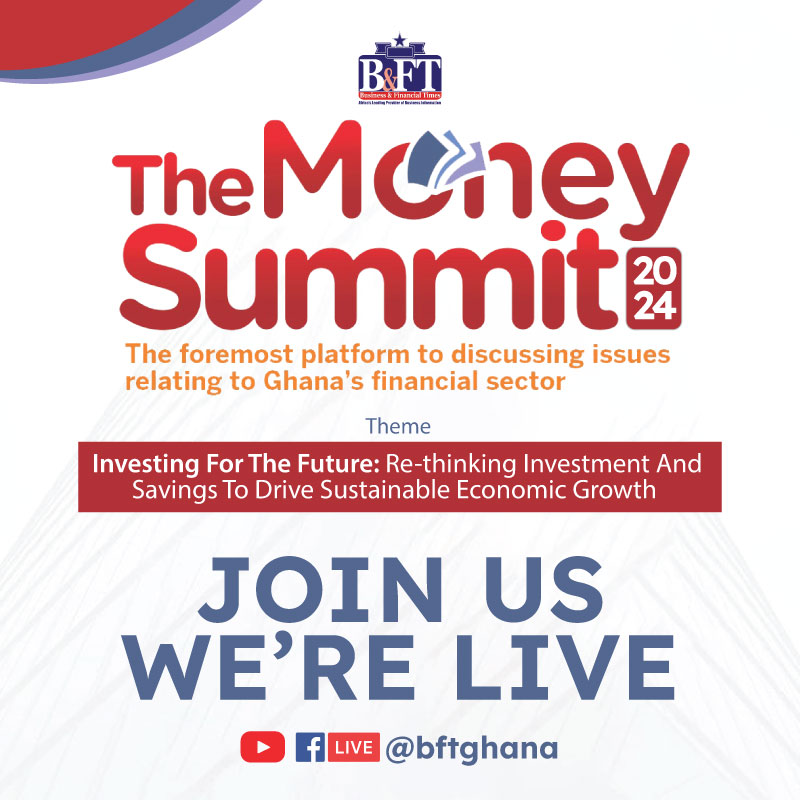Per Capita GDP, which in principle is a measure of the total economic output of the country divided by the number of people, has reached a four-year high of US$1,632 or GH₵7,110 at the end of 2017, the statistical service has revealed.
The figure is an 8.2 percent increase over the US$1,508 recorded in 2016 and comes as an antithesis to the World Bank’s position that per capita growth rates – if they continue along historical lines – will be between 1.7 and 2.5 percent over the next two to three decades.
Government has said it wants to double GDP per capita in the next six years, but the Bretton Woods institution has said in a soon-to-be-adopted strategy for Ghana that the goal is unrealistic, since it would require per capita growth rates of around 9 percent.
After reaching US$1,841 in 2013, GDP Per Capita dropped by 22.4 percent in 2014 to US$1,428 and tumbled further by 8 percent in 2015 to US$1,311, before inching up by 15 percent in 2016.
The World Bank’s argument is anchored on the fact that historical growth rates since the 1990s have, on average, never reached rates higher than 5 percent (over the 2005-2012 period).
The Bank makes the observation in its Ghana Systematic Country Diagnostic (GSCD) – a new strategy it has developed to identify the most important challenges and opportunities a country faces in ending extreme poverty and boosting shared prosperity.
To maintain high levels of GDP per capita growth, it said Ghana needs to strengthen contributions of human capital as well as total-factor productivity (TFP) – which is the portion of output not explained by traditionally measured inputs of labour and capital used in production – to the growth process.
To drive economic growth, government has outlined a number of measures – notable among which is the ‘One District, One Factory’ programme.
Again, government has said it will support distressed but viable industries with GH₵100million in a bid to revive them so they can create more jobs.
According to the World Bank, investment levels – both private and public can only realistically reach 25 to 30 percent of GDP in the long-run, since the historical average from the 1990s has been between 20 and 25 percent.
“These levels of investment, however, are insufficient to increase per capita growth in the long-term beyond the 1.7 to 2.5 percent range,” it said.
To reverse the trend, it said, growth-drivers beyond investment need to be found – adding that “efforts to raise the contributions of TFP and human capital to the growth process are shown to have the highest impact on growth in the long-run”.











